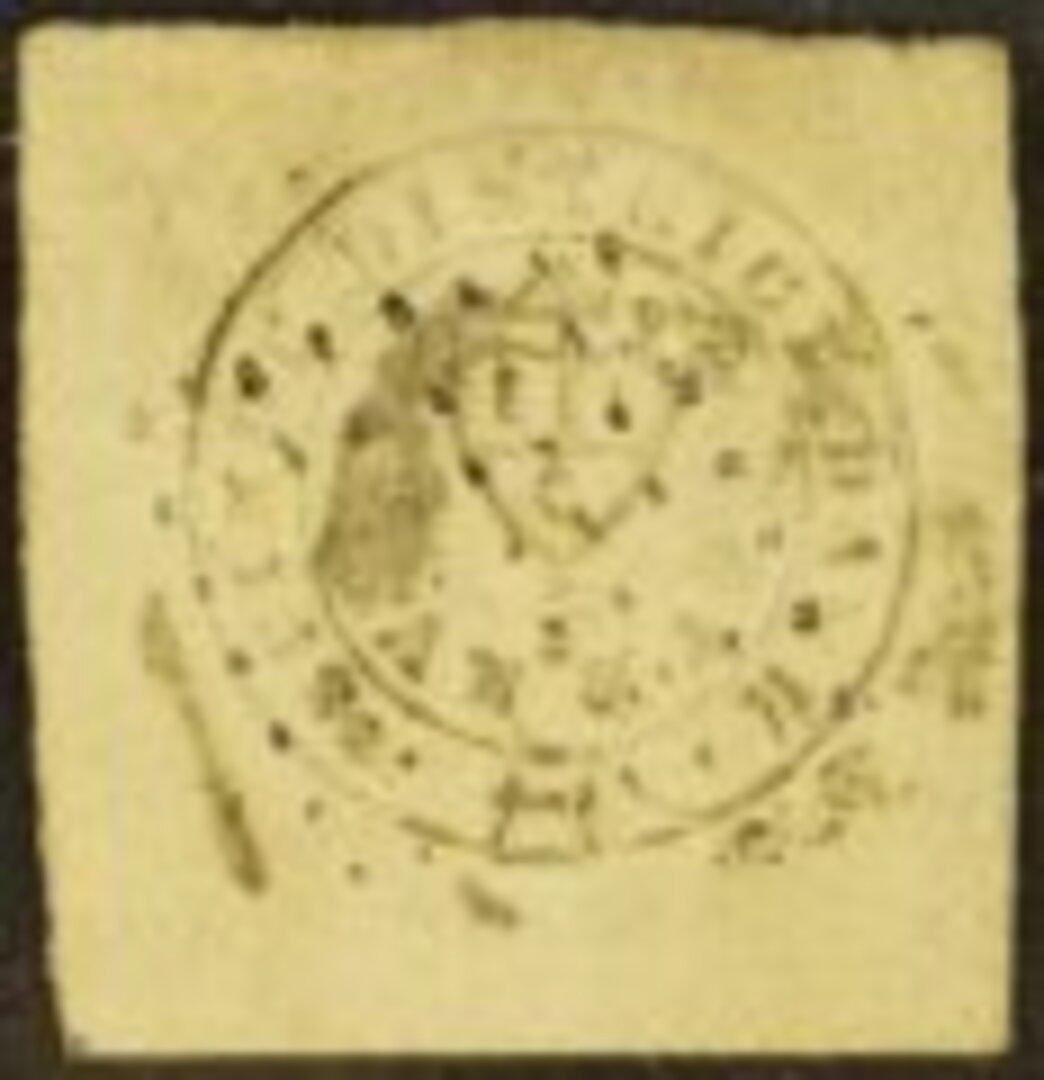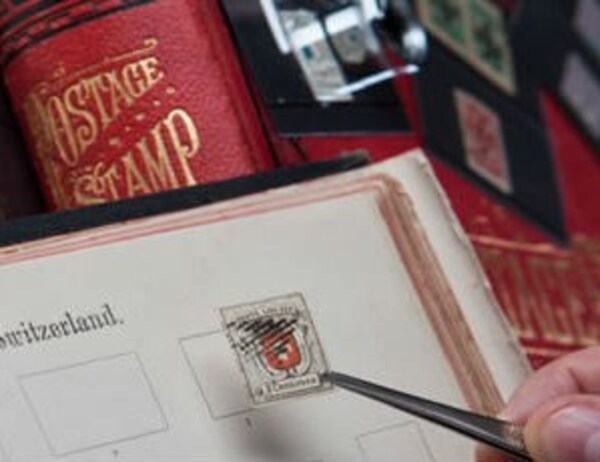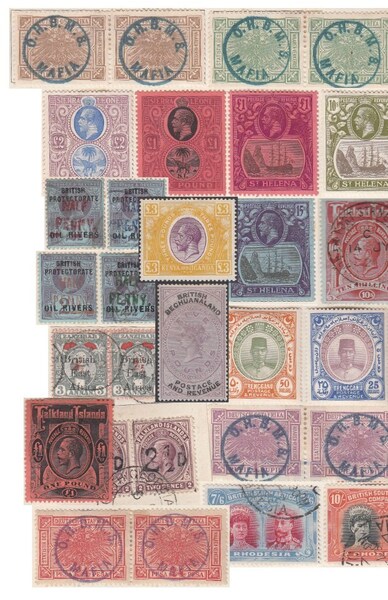The Mysterious Indian Classic!
I am getting old enough, and I’ve spent long enough in philately, to find myself reminiscing.
The other day I noted we were offering a particularly fine example of the so-called “Scinde Dawk” stamp; it’s a white example, or rather an unprinted embossed stamp on white paper. It has unusually large margins and a light cancellation which allows for the full design to be clearly seen.
I began to reminisce about the time we sold one of the scarlet Scinde Dawks, an extremely unusual stamp as it’s impressed in scarlet wax. Around 30 years ago we sold a perfect used example to a well- known collector. I was young and although I appreciated its value (the SG catalogue was clear on that!) I didn’t really understand its historical significance.
Just 12 years after the Penny Black, India became the 10th country to issue a stamp yet surprisingly it did not emanate from Calcutta, but instead from the small province of Scinde.
The East India Company had established their first Scinde factory in 1758, at Tata (yes, the first Tata factory!) and the relationship between the rulers and company was reasonably stable until 1841 when the assassination of the British political agent in Kabul led to the British punishing the Afghans, part of which required containment by annexing the Punjab & Sind provinces.
British rule was completed during 1843 with General Charles Napier being appointed as the civil administrator of this new area. New roads, the abolition of slavery, a police force and a large reduction in the activities of robbers (those infamous “Thuges”) along the Karachi to Bombay mail routes were just some of the changes made.
India herself was benefiting from better roads and a flourishing rail network so it was natural that postal reforms in Britain would encourage plans for a cheap postal system with the presidencies of Calcutta, Bombay & Madras researching possibilities for a postage stamp issue.
By 1852 Sir Bartle Frere, the Commissioner for Scinde requested that Edward Lees Coffey, the Post Master of Karachi arrange for stamps to be supplied. Sir Bartle Frere was the son of the Governor of Bombay and it is likely that the authority to undertake this project had come from him but there are scant records of this.
The precise sequence of events are lost but the stamps were almost certainly designed in India, and although the embossing devise was probably supplied by De La Rue & Co. of London, the stamp manufacture of at least the red & white stamps was almost certainly undertaken in India. At that time De La Rue were printing the British embossed stamp series so it is possible that the ‘blue’ Scinde Dawks, with their printing in blue and unprinted embossed areas, may have been supplied from London, especially as the design on the blue stamps are slightly different to the red and white stamps.
The design is remarkable, and somewhat mysterious. A circular belt- buckle frame which speaks more to links with the East India Company than the British Empire. No monarchs head but with the BEI Co’s mark incorporating ancient Christian signs & the sign of 4 which is usually found at the top of marine merchants marks.
This famous stamp is often referred to as “Asia’s first” and although much is still unknown about the exact circumstances of it’s issue it speaks of a fascinating time in India’s development under British East India Company rule, for good or ill.
Vincent Green @VinceGreenStamp


 General
General
 General
General
 General
General